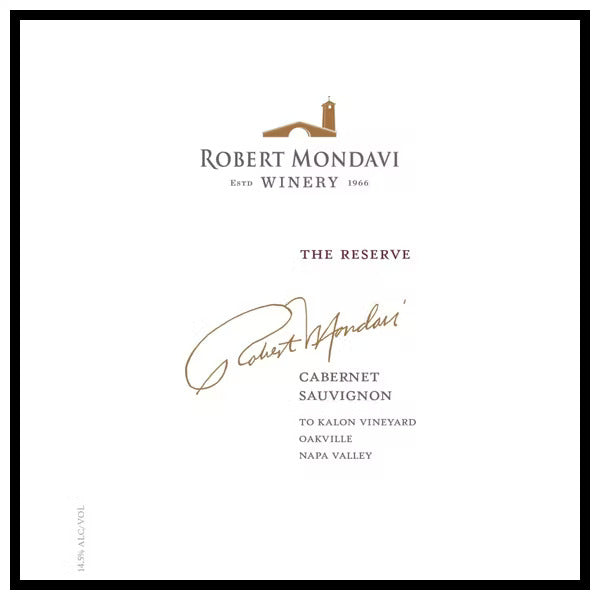
Bogey's Educational Series: How to Read a Wine Label
If there’s one truth in this world it’s that the majority of people love wine. And for good reason! Wine is one of the oldest alcoholic drinks in the world and continues to hold a popularity largely unrivaled by anything else. All wine lovers have their drink of choice, whether that’s a buttery California Chardonnay, a delicate Italian Dolcetto, a smoked-cherry flavored Oregon Pinot Noir, or any number of other palate-delighting options. One of the biggest issues wine lovers face, though, is figuring out how to get past the most daunting part of wine selection: the wine label. Here is a guide regarding how to read a wine label and how to figure out if the wine inside is for you!
One of the best tactics in reading a wine label is to start with the grape. The wine grape is generally listed right on the label with a few exceptions, making finding a grape you’re familiar with easy to identify. One of the benefits of buying local is that most Long Island wines are named for the primary grape in the wine!
The next thing to determine is where the wine comes from. A wine coming from California may be very specific and list the winery, the grape, the vineyard, the AVA (a specific region within the larger region, known as an American Viticultural Area), the larger region, and the state. An example would be Robert Mondavi Cabernet Sauvignon, To Kalon Vineyard, Oakville, Napa Valley, California.

However, other wines may feature only the winery name, the grape name, and the state. An example would be Upwell Cabernet Sauvignon from California. So why would a winery make that distinction? It depends on where the grapes come from. If all the grapes in the wine come from the To Kalon Vineyard in Oakville, then the winery can list that vineyard on the bottle. If, however, the grapes come from a variety of vineyards in different regions of California, only “California” can be listed on the label. Long Island wine labels again take a rather simplistic approach to this, listing one of the two Long Island AVAs: North Fork, or The Hamptons.
Putting both of these lessons together, we can take on one of the most difficult wine labels in the world to read: a French wine label. French wine labels generally don’t mention the grape, but the wines can be broken down into a few distinct locations, and each of those locations tend to specialize in a specific grape. Once you know the location and the grape attributed to it, finding a wine you like becomes much easier! In Bordeaux, the most prominent red grapes are Cabernet Sauvignon and Merlot. White Bordeaux is typically Sauvignon Blanc. In Burgundy, two grapes lead the charge: Pinot Noir in red and Chardonnay in white. In the Rhône, you’re looking at Grenache, Syrah, and Mourvedre in red; Viognier and Roussanne in white. And in Alsace, on the German/French border, you can find Riesling, Pinot Gris, Gewürztraminer, and Muscat.
And voila! We’ve begun to demystify the enigma that is your wine label! Happy Tasting!